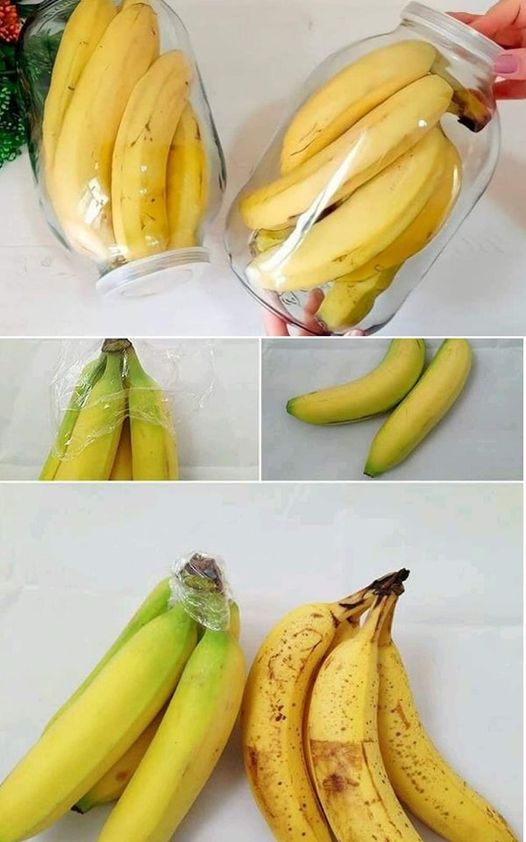Bananas are a popular fruit enjoyed by people all over the world. They are not only delicious but also packed with essential nutrients like potassium, vitamin C, and dietary fiber. However, bananas tend to ripen quickly and can turn rotten or black within a few days, leading to wastage and disappointment for consumers. But what if there was a method to extend the shelf life of bananas, keeping them fresh and edible for up to two years? In this article, we will explore a technique that can help preserve bananas and provide tips for maintaining their quality.
The Ethylene Gas Effect:
Bananas have a natural ripening process, largely influenced by the release of a plant hormone called ethylene gas. This gas accelerates the ripening process, causing the fruit to soften, turn yellow, and eventually develop brown spots. However, ethylene gas also contributes to the decay of bananas, leading to a shorter shelf life.
Preserving Bananas for Extended Periods:
To extend the shelf life of bananas, it is crucial to minimize their exposure to ethylene gas. Here’s a simple method that can help you achieve this:
1. Separate: As bananas ripen, they release more ethylene gas. To slow down the ripening process, start by separating each banana from the bunch. This prevents the ripe bananas from further accelerating the ripening of the greener ones.
2. Wrap the Stems: The stem or crown of a banana is the main source of ethylene gas production. By wrapping each stem individually with plastic wrap or aluminum foil, you create a barrier that reduces exposure to the gas, thus slowing down the ripening process.
3. Refrigeration: Place the wrapped bananas in the refrigerator. The cool temperature helps to further slow down the ripening process by reducing the production and effects of ethylene gas. However, note that refrigerated bananas may develop brown spots on their skin, but the fruit itself will remain fresh and edible.
4. Freezing: For long-term storage, consider freezing bananas. Peel the bananas, cut them into smaller pieces, and place them in an airtight container or freezer bag. Freezing effectively halts the ripening process and preserves the bananas for an extended period. Frozen bananas can be used in smoothies, baked goods, or enjoyed as a frozen treat.
Maintaining Quality:
While the method mentioned above can help extend the shelf life of bananas, it’s essential to note that the quality of bananas will gradually decline over time. Here are a few tips to ensure the best possible results:
1. Use Ripe Bananas First: Even with proper preservation techniques, bananas will eventually ripen and deteriorate. Consume the ripest bananas first to enjoy them at their best.
2. Regularly Check and Remove Damaged Bananas: Periodically inspect the stored bananas for any signs of spoilage or damage. Remove any affected fruits to prevent the spread of decay.
3. Thaw Frozen Bananas Properly: If using frozen bananas, thaw them in the refrigerator or at room temperature. Avoid microwaving, as it can lead to a mushy texture.
Conclusion: With the method described above, you can significantly extend the shelf life of bananas, allowing you to enjoy their deliciousness for up to two years. By separating, wrapping the stems, and refrigerating or freezing bananas, you can slow down the ripening process and preserve their freshness. Remember to prioritize the consumption of ripe bananas and inspect stored fruits regularly. Enjoy the convenience of having bananas on hand whenever you need them, without worrying about wastage or having to rush to consume them before they spoil.
